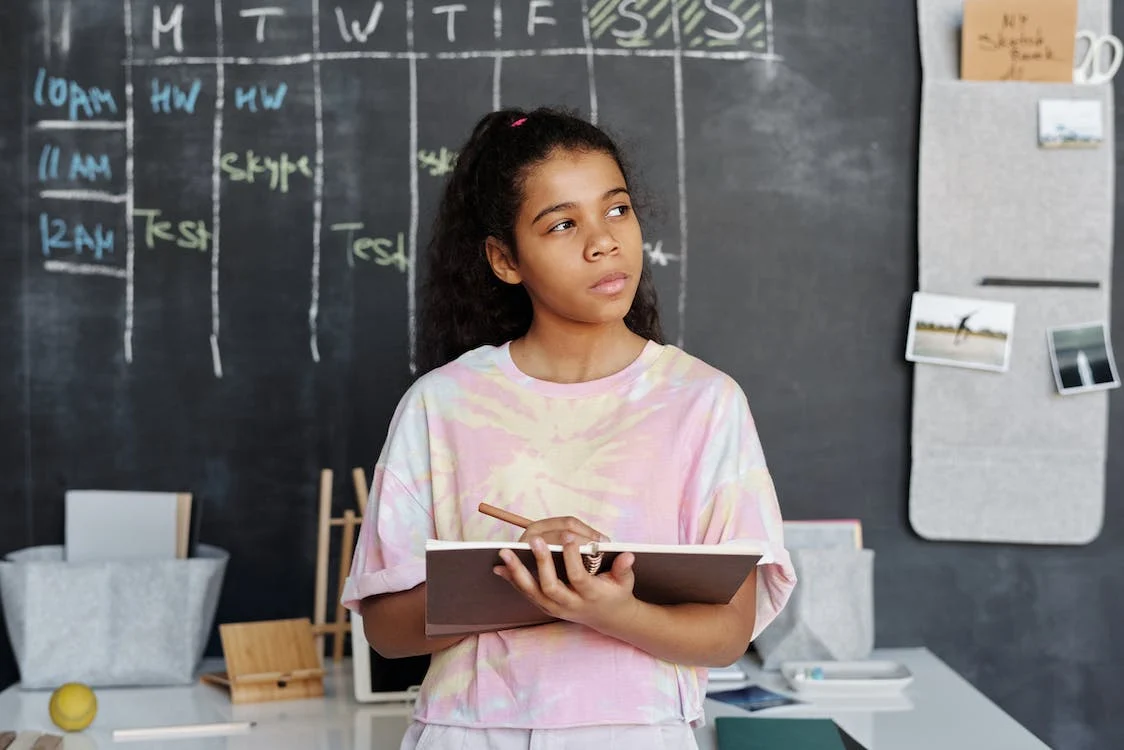It’s been a tumultuous time for young people over the past few years. Online learning, mask mandates, family health and financial instability, and other changes have impacted youth, who are already feeling uncertain or apprehensive about their transition into adulthood. This is compounded for deaf youth, who must face all these challenges plus barriers to accessibility that are still far too common throughout society.
That’s why nurturing the vital skill of self-determination is so important for deaf youth. Self-determination gives them tools to act or cause things to happen in their life so that they can reach their goals, even in the midst of challenges.
To help assess and strengthen self-determination development among deaf youth, National Center on Postsecondary Outcomes (NDC) and their partners worked together to develop an ASL-accessible measure of self-determination, the SDI:SR ASL. As part of this work, they have published an article in the Journal of Deaf Studies and Deaf Education, the top ranked journal in deaf studies and deaf education, that describes the reliability and validity of this measure. The article was a collaboration between NDC and scholars at the University of Kansas, including NDC team members Carrie Lou Garberoglio, Jeffrey Levi Palmer, Jennifer Higgins, and Stephanie W Cawthon, along with former NDC GRAs Claire Ryan and Paige Johnson, and Karrie A Shogren and her colleagues from University of Kansas.
In it, they find this measure is a reliable way to assess and support the continued development of self-determination among deaf youth.
Why Assessments Matter
In the article, the team analyzes data about the measure, which is one of very few that is accessible via sign language, and validates it for use with deaf youth. They show that this assessment is accurate and reliable for use with deaf youth, making it an excellent tool to measure self-determination and develop goals accordingly as part of transition planning like individualized education plans (IEPs), vocational rehabilitation meetings, and pre-employment transition services (Pre-ETS).
Their findings also show that deaf youth who took the SDI:SR ASL scored comparably to youth without disabilities, and higher than youth with disabilities. This points to the need for continued research to better understand what factors contribute to stronger self-determination skills among deaf youth. The authors suggest that deaf youth may develop stronger self-determination skills because of the pervasive nature of inaccessible environments – deaf young people have to constantly practice advocating for themselves in many different settings.
Self-Determination Assessments in Transition Planning
As back-to-school planning begins, the SDI:SR ASL measure is an excellent resource to track and measure self-determination in the deaf youth you work with.
After completing the SDI:SR ASL, students will receive a student report with their score, along with an ASL video that explains what the report means. Students can share this report with their families, teachers, and vocational rehabilitation counselors, to help develop plans for strengthening self-determination.
Families and professionals can use this report guide to work together on setting goals and developing plans. This is important because self-determination skills contribute to college and career readiness for deaf youth. Research shows deaf youth with higher levels of self-determination during high school are more likely to enroll in college, live independently, have positive self-beliefs, make more money at work, and have more opportunities for career advancement. People who are self-determined are good problem solvers because they figure out how to reach goals at school, work, and home, even when they run into problems.
Resources and Tools
In conjunction with the self-determination assessment, you can use NDC’s Choose Your Future! Activity Kit to discuss deaf youth’s strengths, interests, and needs. Then empower them to develop a detailed plan for reaching their goals.
You can also incorporate Deafverse, a free online game that gives deaf youth a safe space to practice applying self-determination skills at home, in school, and in the community. Additional expansion activities are also available in downloadable Strategy Guides.
For families:
- This resource shares tips for strengthening self-determination at home among deaf teens, while this resource has tips that are applicable to all teens.
For teachers:
- Use the self-determined learning model of instruction (SDLMI) to improve teaching practice and strengthen students’ self-determined actions.
For vocational rehabilitation counselors:
- This Pre-ETS guide addresses instruction in self-advocacy and suggests additional resources about self-determination.









